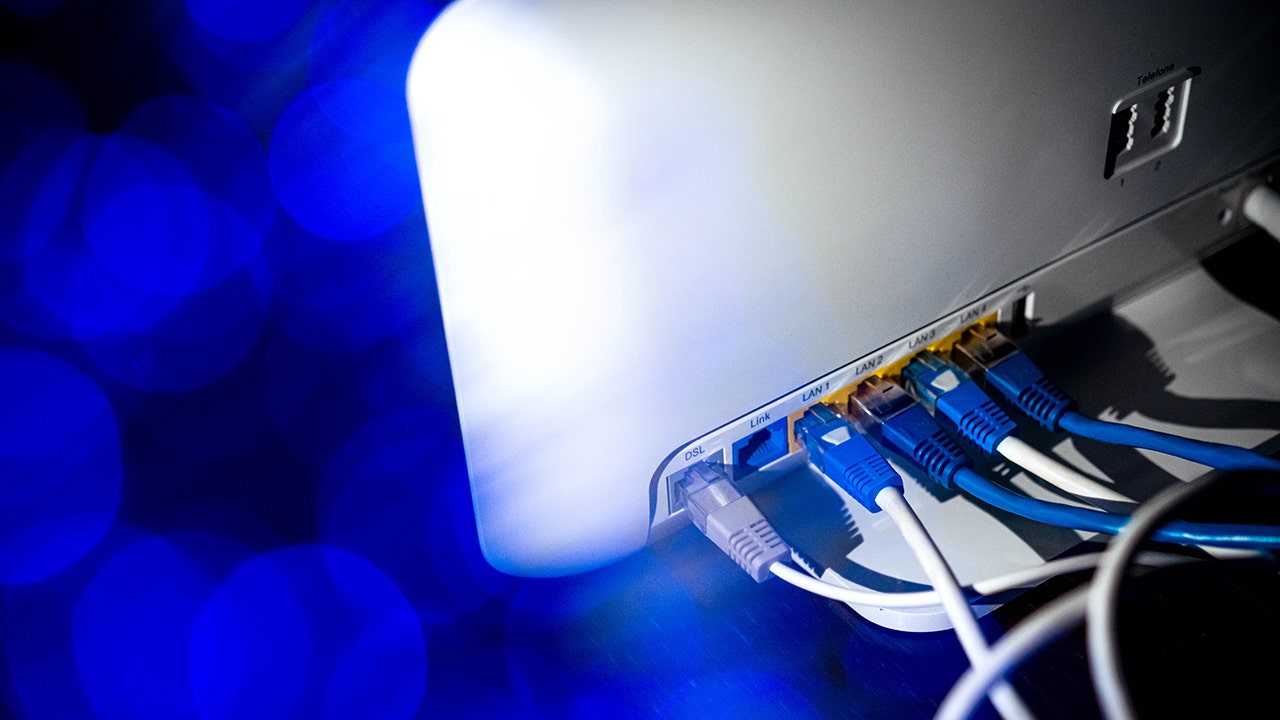Q&A: 1st-ever X-ray of an astronaut in space used technology developed in Waterloo region

The groundbreaking X-ray technology developed by startup KA Imaging in Waterloo region has made history with the first-ever X-ray taken of an astronaut in space. This new X-ray detector was utilized as part of a mission to study Earth’s polar regions from space and track the effects of space travel on astronauts.
The X-ray detector created by KA Imaging is capable of producing clear images of X-rays and measuring an astronaut’s bone density while in space. This technology has significant implications for the future of space travel and healthcare. Karim Karim, the Chief Technology Officer of KA Imaging, recently discussed the impact of this innovative technology on CBC Kitchener-Waterloo’s The Morning Edition with host Craig Norris.
Karim explained that the technology developed by KA Imaging has a wide range of applications, primarily in healthcare and security. In healthcare, the X-ray detector has proven to be effective in reducing the need for follow-up CT scans in intensive care units, leading to more efficient healthcare and better patient outcomes. Additionally, the device’s unique feature of quantitative X-ray imaging allows for the measurement of bone density, which is crucial for monitoring astronauts’ health in space.
The importance of X-rays in space becomes evident when considering the well-known effects of low gravity on astronauts’ bone mass and density. Monitoring bone density in space is essential for designing appropriate exercise regimens or potential pharmaceutical interventions to mitigate the negative effects of space travel on astronauts’ health.
One of the key advancements of KA Imaging’s X-ray detector is its lightweight design, which sets it apart from traditional X-ray machines used in hospitals. The portable nature of the device, with a handheld plate and source, makes it ideal for use in space where weight restrictions are a significant concern. This compact system simplifies the process of conducting X-rays in space, enabling astronauts to monitor their bone density effectively.
Beyond space exploration, the new X-ray detector developed by KA Imaging has significant potential for applications on Earth. By streamlining the triage process in healthcare settings, such as ambulances or urgent care clinics, the device can help reduce wait times and improve patient outcomes. Additionally, the device’s spectral capability allows for early detection of various diseases, including cancer and heart disease, leading to better healthcare management and resource optimization.
The technology developed by KA Imaging is already making waves in the healthcare industry, with FDA clearance and Health Canada approval for clinical use. Several hospitals in Ontario and abroad have started using the device, showcasing its practicality and effectiveness in real-world settings. The economic feasibility of the device is another key advantage, as it can save healthcare facilities significant costs associated with traditional X-ray machines and follow-up scans.
Overall, the innovative X-ray technology developed by KA Imaging is poised to revolutionize space exploration and healthcare practices. With its lightweight design, portability, and advanced imaging capabilities, this device represents a significant step forward in ensuring the health and well-being of astronauts in space and patients on Earth.




